More than a decade ago, when the Hanfu movement was just gaining momentum, the more popular style of Hanfu outerwear was Shuhe (短褐). To this day, Hanfu has entered a shift to sophisticated and fashionable, and all we consider is what kind of shape is sophisticated, how to wear good-looking, and how to realize the two at the same time.
As daily casual outerwear, it was clear that Duanhe could no longer meet this demand. In contrast, Zhiduo, Zhishen, round neck gown, and other forms will be more advantageous, today bring you the introduction of style is the Ming style Hanfu outerwear: Zhishen.
[The structure and history of Zhishen]
Zhishen, also known as Changyi (长衣), Haiqing (海青). Its structural features are very similar to "Taoist robes (道袍)". Ming Dynasty Liu Ruoyu "Zhuozhongzhi (酌中志)" records: "Zhishen, the system is the same as the Taoist robe, but hem swing in outside."
Zhishen has several key features:
- The collar shape is Jiaoling Youren (交领右衽), also called "straight collar" because the collar style is slanting straight;
- Generally, one pair of laces is attached to the inner lapel and two pairs of laces are attached to the outer lapel to secure the lapel;
- Large sleeves;
- Slits on both sides of the garment and a pair of hems (摆) on the side make it easy to wear for horseback riding, traveling, and other activities.
Zhishen is one of the basic styles of men's clothing in the Ming dynasty, widely used as the daily formal dress of the scholars and people, but also common in the emperors and kings of the dragon robe and official uniforms of civil and military officials. As we mentioned in the previous article on "Taoist robes", Taoist robes could only be popularized among people of a certain economic and social status, such as scholars and literary scholars.
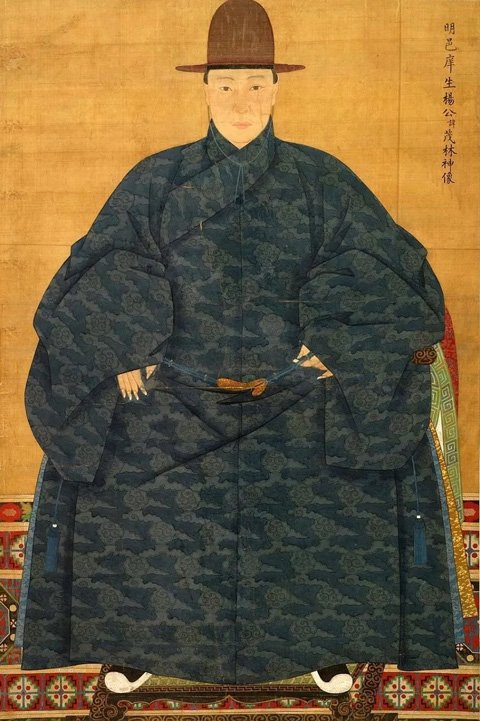
Portraits of Ming Dynasty scholars wearing Zhishen
In secular fiction, the Zhishen or the Taoist robes without hems is sometimes referred to as a "Zhiduo", while the body and sleeves of a "Zhiduo" worn by the common people are narrower than those worn by the scholar. Since the restrictions imposed by the dress on the hierarchy of people are no longer relevant in contemporary society, it can be concluded that the main difference between the three is basically the difference in the "hem".
Ming system Zhishen, Taoist robes, and Zhiduo are both men's Hanfu outerwear, different periods of time in different regions of the call is not the same, some textual data often three mixed, real-life should be three to make a difference.
[Zhishen dressing occasions and dressing style]
In the Ming dynasty, the Zhishen was the general clothing of the emperors, officials down to the common people, and can be used as formal attire for formal occasions. This attribute is also applicable to the banquets, bar mitzvahs, graduation ceremonies, and other ceremonial occasions in contemporary society.
Match with Zhishen cap ornaments common is the Damao (大帽, big hat), by ancient round hats developed from, on for round and high cap tube, bottom around a circle of the brim, adorned with the tied knot in the jaw. Big hat material is rich, has wrapped brown, ponytail, lacquer yarn, etc..
It can be worn Zhishen with a jade braid hook at the waist, or with other clothes or accessories according to the occasion. You can refer to the bottom of the article on the Hanfu jacket or Chinese shirt (Zhognyi) for the innerwear.
The above is a description of the Ming style Hanfu outerwear: Zhishen. More about Hanfu style can be found here.

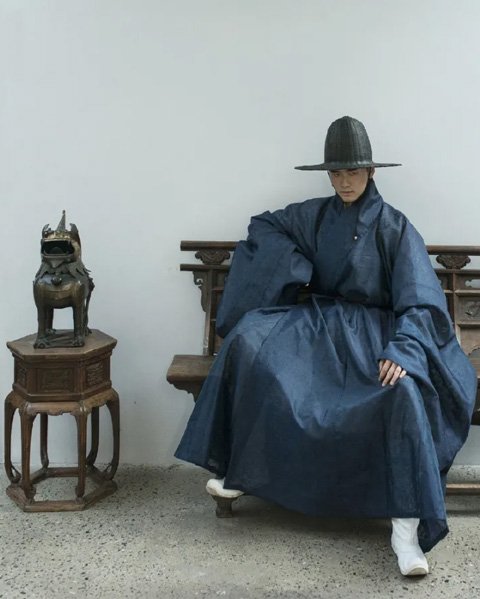

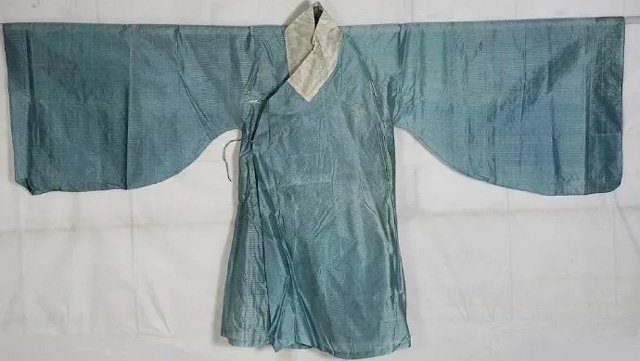

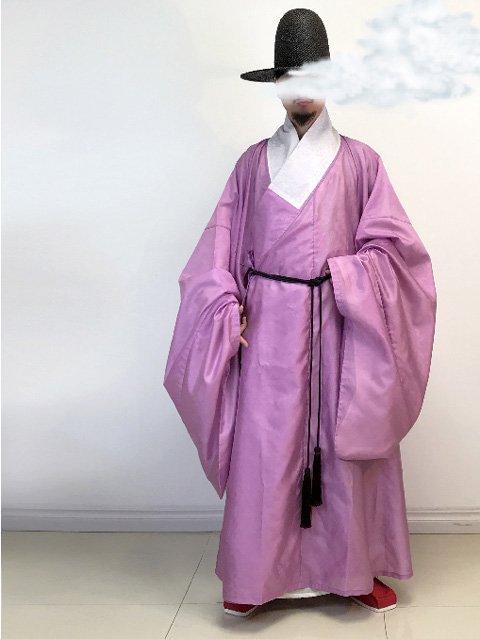
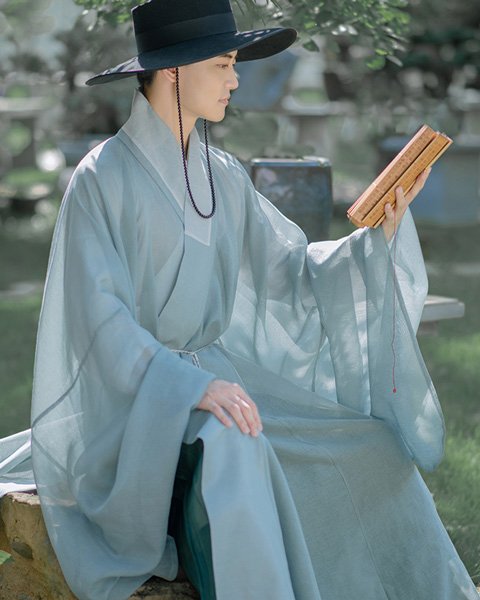
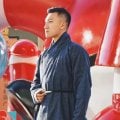
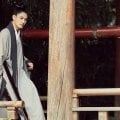
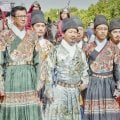

Really cool how there are so many subtle differences between robes types aaaaahh
yep, this style of chinese man costume looks cool, but I often confuse between several of the same styles........
Haha same 😅😅😅